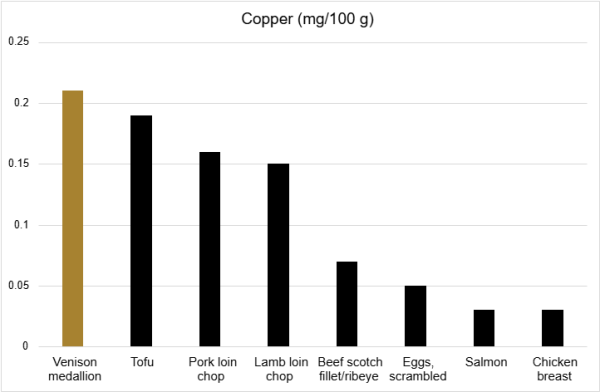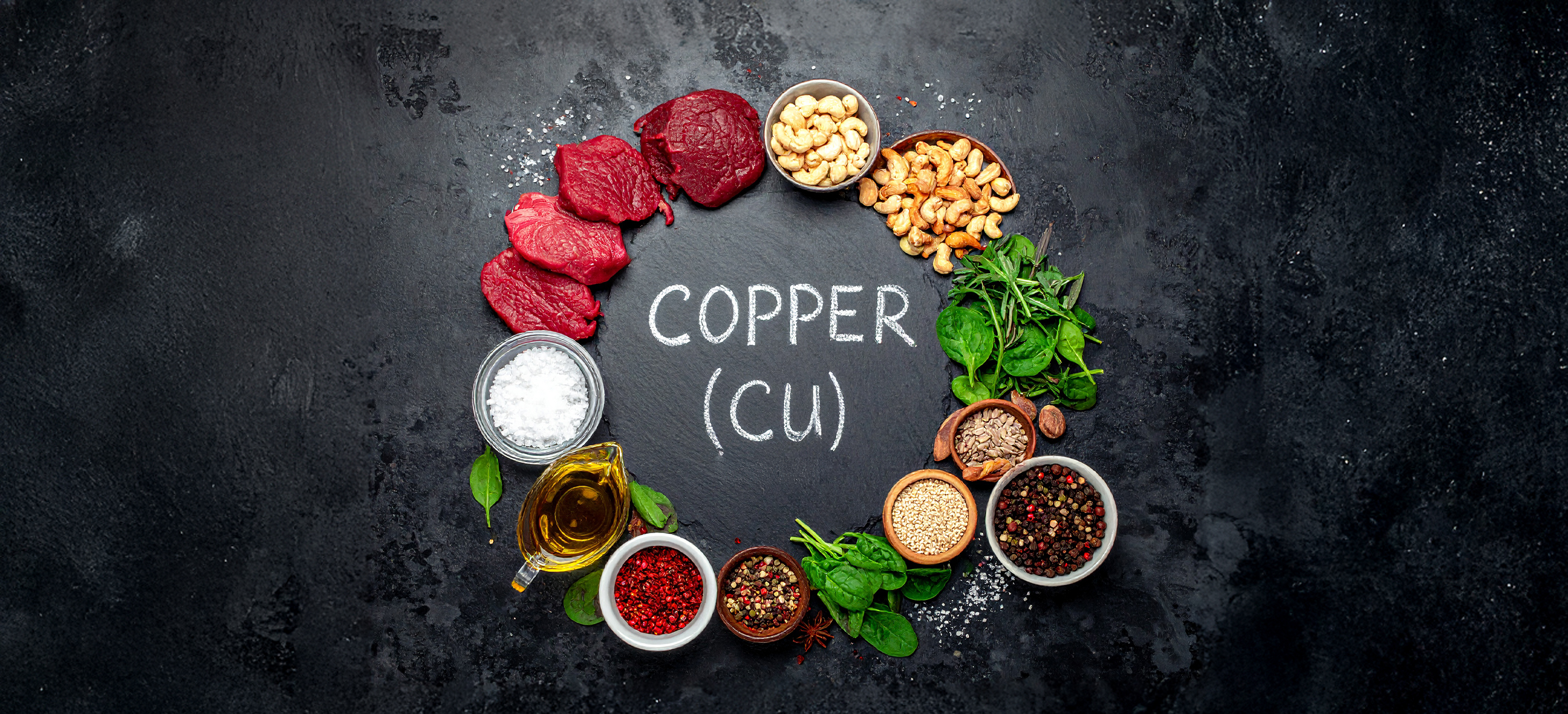How Copper Supports Enzyme Function, Energy, and Iron Absorption
When people think about minerals essential for health, iron, calcium, and zinc often come to mind first. Yet there is another trace mineral that plays a surprisingly powerful role in the body: copper. Though needed only in small amounts, copper is indispensable for a wide range of biological functions, and maintaining the right balance of this mineral is crucial for overall wellbeing.
What Is Copper and Why Do We Need It?
Copper is classified as a trace mineral because the body requires it in microgram to milligram amounts. The average adult needs about 0.9 milligrams per day, yet this tiny quantity supports processes vital to survival. Copper functions as a cofactor for numerous enzymes, meaning it helps these enzymes catalyze reactions that keep the body running smoothly.
One of copper’s most important roles is in energy production. It is a key component of cytochrome c oxidase, an enzyme in the mitochondria—the energy factories of cells—that is essential for generating ATP, the body’s main energy currency. Without enough copper, cells struggle to produce energy efficiently, leaving people fatigued and weak.
Copper is also central to connective tissue formation. The mineral activates the enzyme lysyl oxidase, which strengthens collagen and elastin, proteins that form the framework of skin, blood vessels, bones, and joints. Adequate copper helps maintain healthy, flexible tissues and supports proper wound healing.

Source: The New Zealand Food Composition Database.
Copper and Iron: A Vital Partnership
Another critical function of copper is its relationship with iron metabolism. Copper-dependent enzymes assist in mobilizing iron from storage and incorporating it into hemoglobin, the protein that carries oxygen in red blood cells. Without copper, iron cannot be fully utilized, which can lead to anemia even if iron intake is adequate. This interplay highlights why copper deficiency sometimes mimics iron deficiency, with symptoms such as fatigue, pallor, and weakness.
Nervous System and Brain Health
Copper is also important for the nervous system. It contributes to the production of neurotransmitters—chemical messengers that allow brain cells to communicate. In addition, copper plays a role in maintaining the myelin sheath, the protective covering that insulates nerve fibers and ensures smooth signal transmission. Inadequate copper can contribute to neurological symptoms like numbness, tingling, poor balance, or impaired memory.
Emerging research has linked copper balance to cognitive health. Both deficiency and excess may impact brain function, highlighting the importance of getting just the right amount through diet.
Antioxidant Protection
Copper forms part of the enzyme superoxide dismutase (SOD), one of the body’s most powerful antioxidants. SOD helps neutralize harmful free radicals before they can damage DNA, proteins, and cell membranes. In this way, copper indirectly supports long-term health by reducing oxidative stress, which is linked to aging, inflammation, and chronic disease.
What Happens When Copper Is Low?
Copper deficiency is relatively rare, but it can occur in certain groups. People with malabsorption disorders such as celiac disease, Crohn’s disease, or bariatric surgery are at risk. Long-term excessive zinc supplementation can also block copper absorption.
Symptoms of deficiency may include:
- Fatigue and weakness (due to anemia)
- Frequent infections (impaired immunity)
- Bone abnormalities or poor healing
- Neurological symptoms such as tingling or difficulty walking
While deficiency is uncommon, it underscores the importance of including copper-rich foods in the diet.
Best Dietary Sources of Copper
The richest sources of copper are organ meats, especially liver, which contains far more than the daily requirement in a single serving. Kidneys and heart are also excellent sources.
For those who prefer muscle meats, venison stands out: it provides significantly more copper than other meats. When combined with its high levels of iron, zinc and B vitamins, this makes venison a particularly nutrient-dense option.
Other good sources beyond meat include shellfish (especially oysters), nuts, seeds, legumes, and whole grains. By eating a variety of these foods, most people can easily meet their copper needs.
The Right Balance
As with many nutrients, balance is key. Too little copper can harm blood health, immunity, and the nervous system. Too much, however, can be toxic. The upper safe limit for adults is about 10 milligrams per day, which is difficult to exceed through food alone but possible with excessive supplementation.
Conclusion
Copper may not receive as much attention as other minerals, but its role in human health is undeniable. From producing energy and strengthening tissues to supporting brain function and protecting against oxidative damage, copper is a silent but essential player in nutrition. Ensuring an adequate intake through copper-rich foods—whether it’s nutrient-dense organ meats, red meats like venison, or plant-based sources like nuts and legumes—can help maintain vitality and prevent deficiency. By paying attention to this often-overlooked mineral, we take another step toward building a balanced, healthy diet that supports the body from the inside out.

